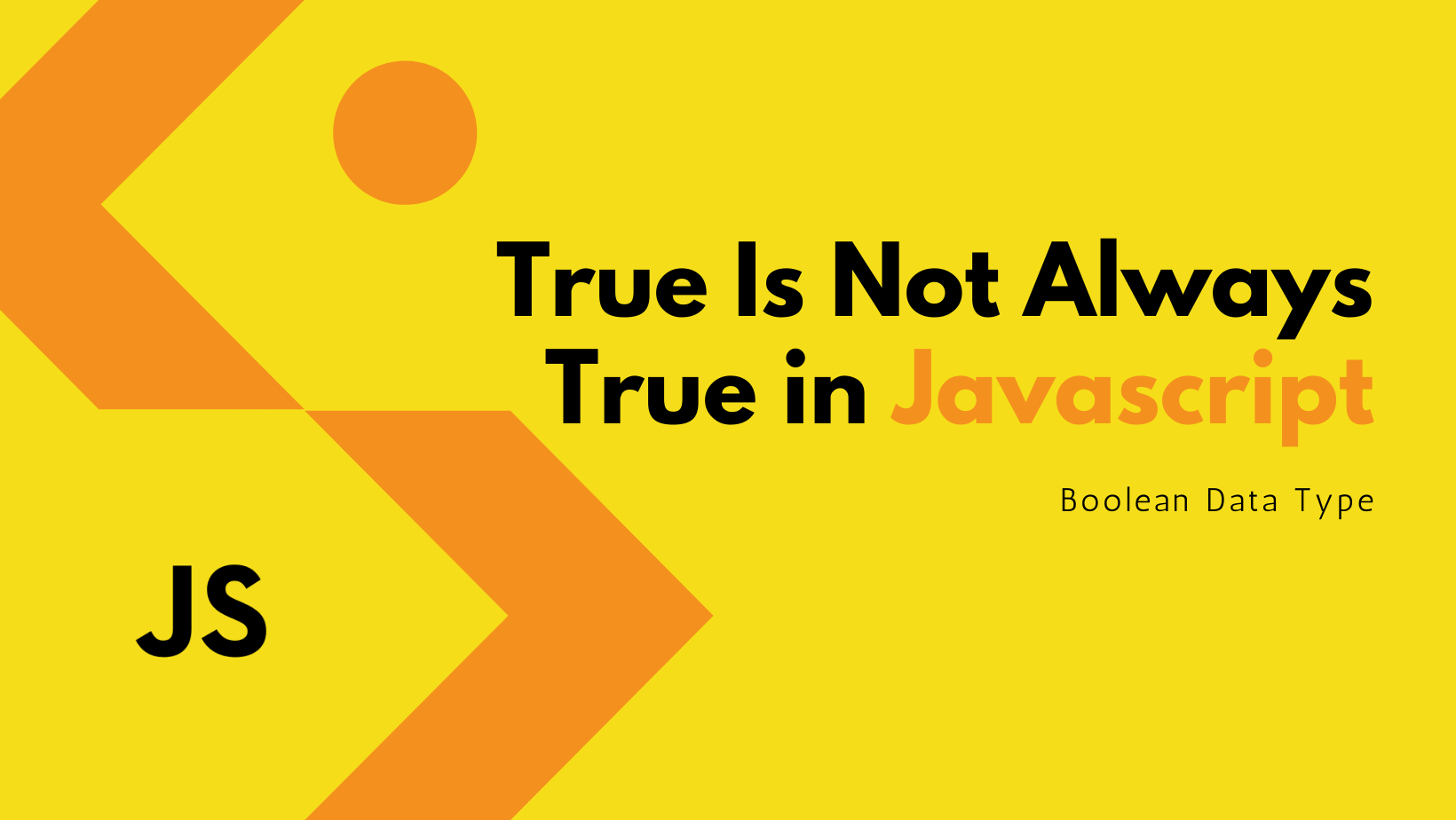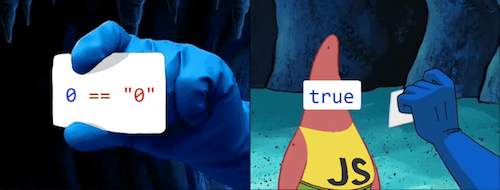Truthy or Falsy values in Javascript
 Ahmed
AhmedIntroduction:
Truthy and falsy values are fundamental concepts in JavaScript. They determine whether an expression is true or false and are used in control structures and conditions. Understanding the difference between truthy and falsy values is crucial for writing efficient and effective code in JavaScript. In this introduction, we will explore the concept of truthy and falsy values and their role in JavaScript programming.
What Are Truthy and Falsy Values?
In JavaScript, a truthy value is a value that is considered true when used in a boolean context. Examples of truthy values
The string "hello"
The number 1
The boolean value true
The special value
{}(empty object)The special value
[](empty array)
A falsy value is a value that is considered false when used in a boolean context. Examples of falsy values
The number 0
The string "" (empty string)
The boolean value false
The special value
nullThe special value
undefine
NOTE In JavaScript, only false, 0, "", null, undefined, NaN are falsy values. All other values are truthy.
When using an if statement, if the expression, is truthy, the code inside the if block will be executed, and if it is falsy, the code will be skipped.
if (1) {
console.log("This code will execute because 1 is truthy.");
}
if (0) {
console.log("This code will not execute because 0 is falsy.");
}

when using the && operator, if the
first value is falsy, the second value will not be evaluated and the overall expression will be falsy. It applies to || operator as well.
console.log(1 && 2); // returns 2 (truthy)
console.log(0 && 2); // returns 0 (falsy)
let firstValue 0 == "0" console.log(firstValue) //true
the statement let firstValue = 0 == "0" is checking if the number 0 is equal to the string "0" in JavaScript. Due to how the equality operator == works, JavaScript will try to convert the string to a number before making the comparison, so it will return true.

If you want to check if they are strictly equal and not just equal when converted, use === operator instead.The === operator is a strict equality comparison operator in JavaScript. It compares both the value and the type of the operands, and will return true only if both operands are of the same type and have the same value.
For example, 1 === 1 will return true, while 1 === "1" will return false because one is a number and the other is a string.
conclusion:
In conclusion, truthy and falsy values are important concepts to understand when working with control structures and conditions in JavaScript.To prevent problems, it's best to use explicit comparison operators such as === and !== to avoid problems with truthy and falsy values.
Subscribe to my newsletter
Read articles from Ahmed directly inside your inbox. Subscribe to the newsletter, and don't miss out.
Written by

Ahmed
Ahmed
I am a first-year MCA student with a passion for Front-end web development. I am eager to continue my journey in the field of technology and expand my knowledge and skills through collaboration and learning from others in the developer community. I am excited to be part of a team of experienced professionals who can provide guidance and mentorship as I continue to grow as a developer.